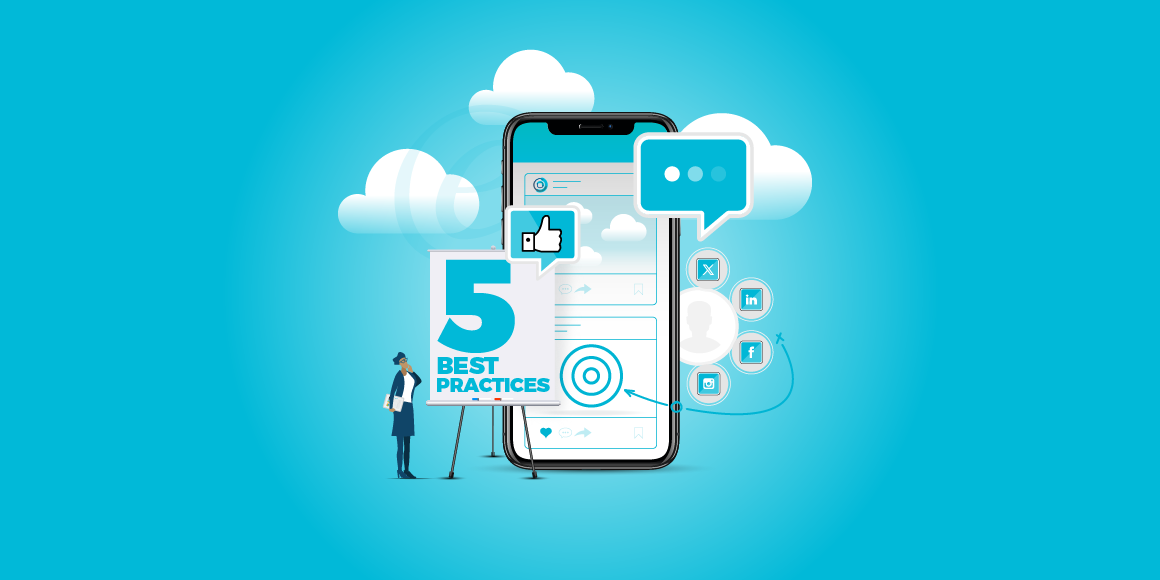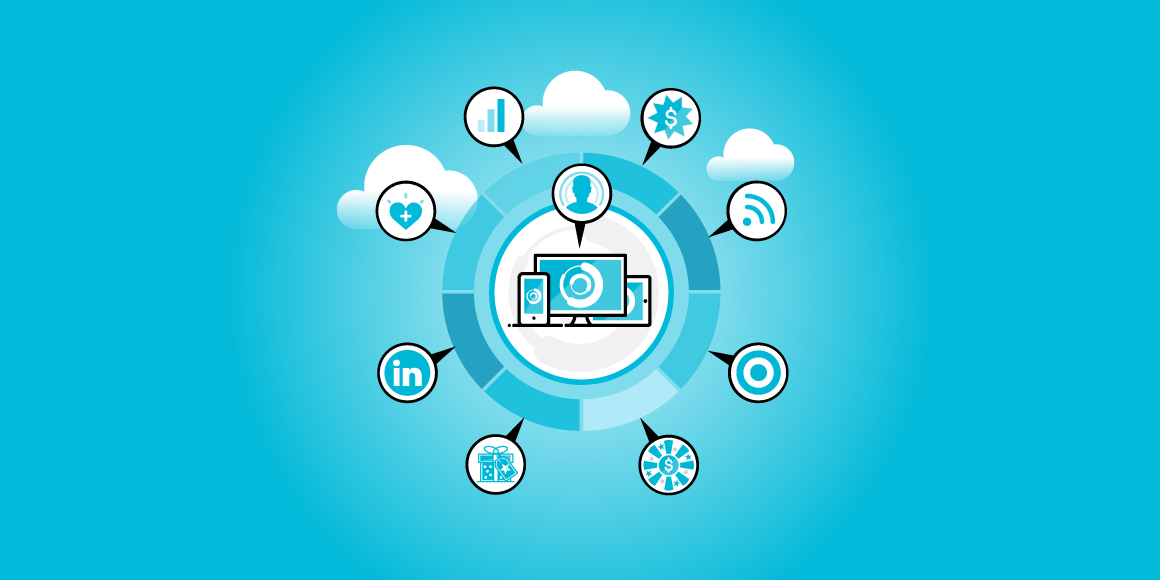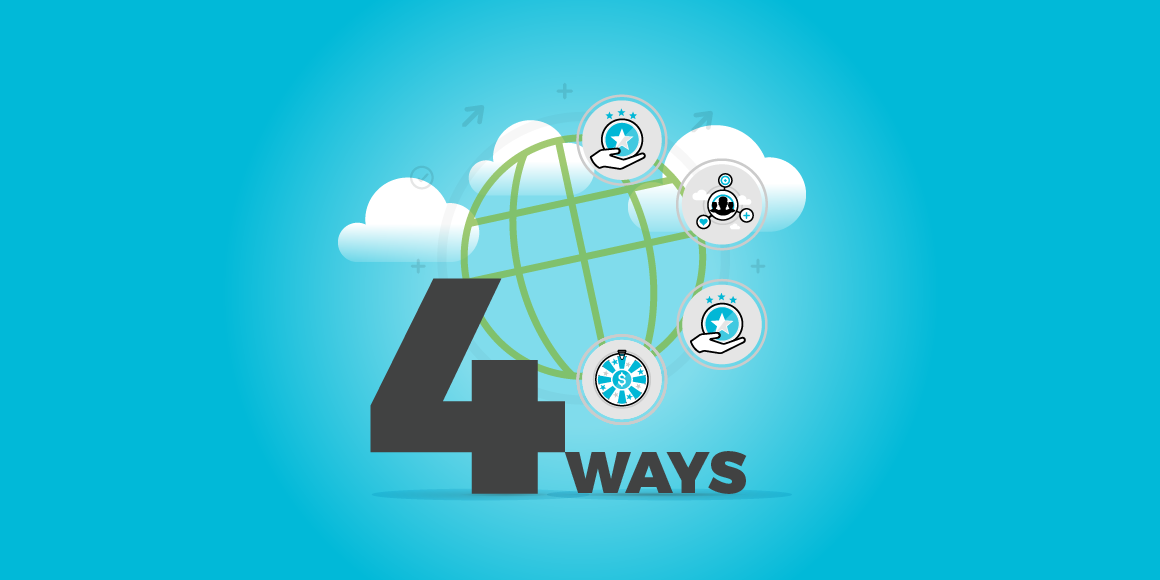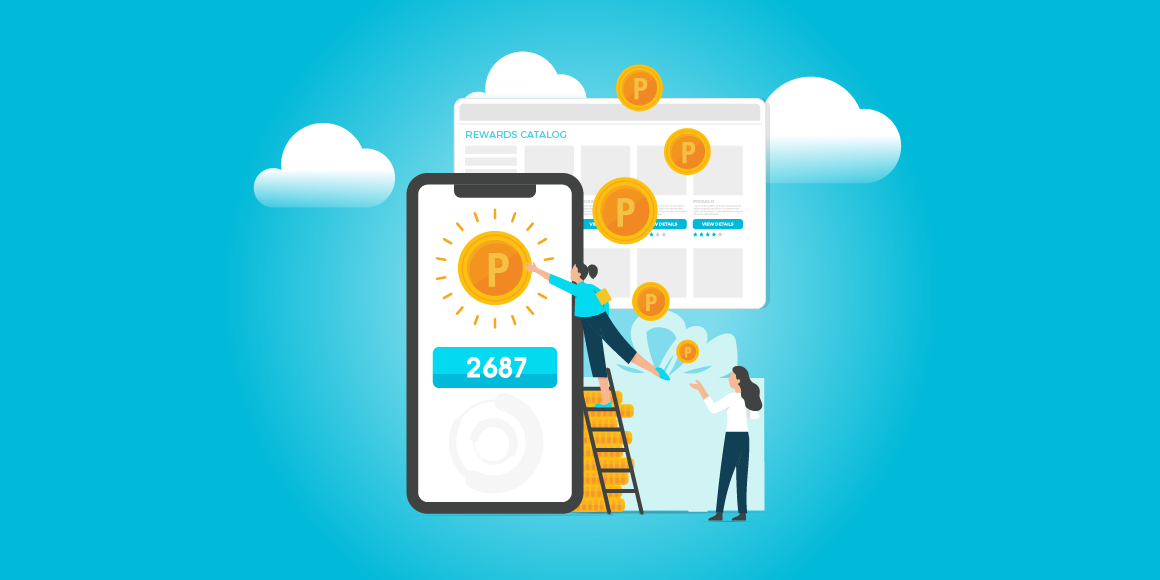Does your company have its own Instagram? LinkedIn? Twitter (X) account? These are questions that might have made sense 5-10 years ago, as forward-thinking brands sought to reach their customers where they were spending a significant amount of their daily lives.
Today, these questions seem almost comical—the answer is generally, “Of course.” Social media use has become more than just an important aspect of building online business relationships—it’s necessary. Just look at some of these statistics from Sprout Social’s 2023 State of Social Media report:
- 94% of business leaders feel that social media has a positive impact on brand loyalty
- 92% believe effective social media marketing can improve competitive positioning
- 91% say that data from social media improves their understanding of their customers
- 68% of consumers follow brands to stay informed about products and services
Clearly, social media can affect your business in myriad ways. It can be a great method for communicating with a variety of audiences, whether it’s your employees, customers, or channel partners. Even if you don’t have a designated social media manager, having a direct line of communication with your audience can be very beneficial.
Social media can also serve to reinforce your customer service, act as a helpful tool for brand recognition, be a place to find company or product updates, and so much more.
Unsurprisingly, using your various social media accounts to assist in running your sales incentives, channel incentives, or loyalty programs can have many of the same benefits. However, there are subtle differences that are also important to note.
Here are the top 5 best practices for social media use specifically in regards to incentive programs.
1. Create a social media account for the incentive program itself.
This can seem like a daunting task, especially if you’re not the most social media-savvy business. However, the potential advantages can make the undertaking worthwhile:
Separate messaging helps retain and reinforce your followers.
Let’s face it. You’re not going to get everyone who’s doing business with you to enroll in your incentive program. Posting messages about exclusive offers for participants to your main accounts may be confusing or annoying to non-participants. By doing this, you risk losing them as followers.
It also creates a sense of exclusivity.
There’s nothing more effective for the health of an incentive program than providing a sense of privilege in the rewards. Separating your accounts can help generate this feeling for your participants. More on this in the next point.
Now, this is not to say that you can only post about the program on the program accounts.
For example, social media campaigns can be run on the main accounts to garner excitement for the program itself. This can entice those followers not already in the program to enroll.
2. Create an exclusive community
As we mentioned above, one of the most powerful aspects of an incentive program is this idea of exclusivity. One of the main goals in your program should be to get participants to think, “Because I’m part of this community, I have a unique opportunity to receive special rewards and offerings.” Which is true.
So, how can you reinforce this notion through your social media accounts?
We’ve already covered separating your incentive program accounts from your general accounts. But within this separate social media account, you can hold discussions and keep your participants up to date.
While it may seem counterintuitive, community is actually a big part of exclusivity. The like-mindedness of community members creates loyalty within the group. It’s no surprise, then, that one common method for creating an exclusive community in an incentive program comes in the form of social media groups.
With this in mind, your actions as community leader within your accounts should be geared toward driving open discussion between your participants.
Consider creating a LinkedIn group for your program in which members can invite and accept other participants into the program. Post a question every week in which you discuss business challenges faced by your participants and encourage members to assist each other.
A similar community feel can be created on various social media sites, so experiment to see which one works best for you and your audience.
Finally, in terms of community best practices: Maintain a standard of responsiveness toward your participants. Make sure to answer questions, address concerns, share information, and express gratitude as quickly as possible. This quick response can help build a positive perception of your company and the program.
3. Keep participants updated
Everyone consumes information differently. They might prefer to read from a physical piece of paper. Some people want to get push notifications straight to their phone. Others rely on email. Still others choose social media to keep them in the know.
You can address this group of news-seekers with your social media accounts and even gain more followers. That’s because using your accounts to post well-organized, enticing, and timely information can lead to a higher follower count.
Whether you’ve separated your accounts or not, use your social media to highlight new promotions that are running and launching for your program. Keep your participants aware of changes to the program or earning criteria, deadlines for earning certain bonus points, and any expirations that might be coming up.
Any of these posts, especially those promoting bonus earning opportunities, can be supported with intriguing images and links. These can further help boost your enrollment and overall engagement.
4. Link the program site with social media accounts.
If you’re running an incentive program with an engagement platform or ecosystem, one thing you can do to gain followers and traction is integrate your social media accounts into the site itself.
This can be done with those little icons at the bottom of the page or an RSS feed. This feed is created with a little piece of code that plugs your tweets or posts automatically into the webpage.
This type of action doesn’t require you to be a social media guru. It’s also a great way to keep those non-social media users updated in addition to attracting followers for your accounts and keeping the conversation going.
5. Creating point-earning social media campaigns.
One of the most engaging tactics you can take with an incentive program is running social media campaigns or challenges that encourage action among your audience.
These campaigns can do anything from encouraging participants to log into the site to dishing out points for certain actions on social media.
Although they can be a little hard to orchestrate, these campaigns can have a lot of engagement tied to them. To clarify the point, let’s take a look at an example:
Let’s say you’re launching a promotion that you want to do really well.
You’re aware that a lot of your followers are participants in the reward program. But you want to get as many participants enrolled as possible.
So, you put together a post on X (Twitter) that looks like this:
“Here’s your chance to win a (brand-name merchandise item)! Simply like this post and comment with the date that you enrolled in the (Program Name) and you’re in! Not enrolled? Visit (Program URL) now! #MyProgramRules”
Soon the likes and comments come pouring in and you’ve got 50 new enrollees.
Conclusion
Social media use is a powerful tool for connecting with your audience, and with it, your opportunities for engagement are endless. Follow these best practices and you’re sure to have a well-motivated audience.
Looking for more ways to engage your participants? Talk to an expert today.






